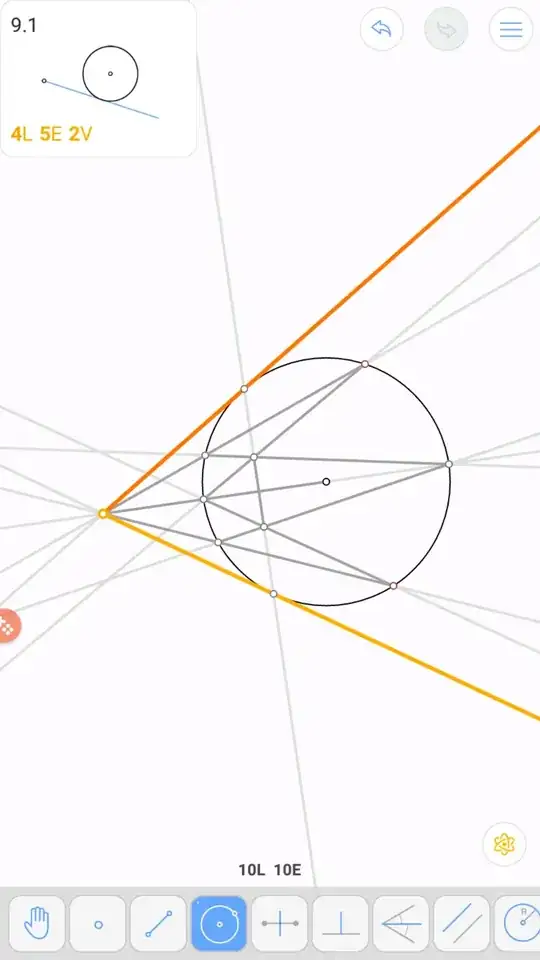I'm trying to complete Level 21 from euclid the game: http://euclidthegame.com/Level21/

The goal is to construct two tangents to the given circle from the point A not on it. So far I've figured that the segments from B to the tangent points must be equal. And of course the triangles AB[tangent point] are right angles.
I'm not seeing how I can find those tangent point, a hint for a good step would be appreciated! I would rather have a hint in the sense of, this is a good step because this and that then just saying what I need to do. I could find those steps without explanation everywhere on the internet if I would like that.
